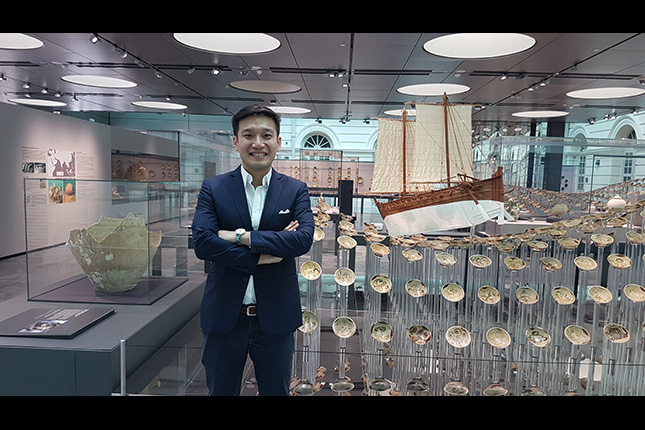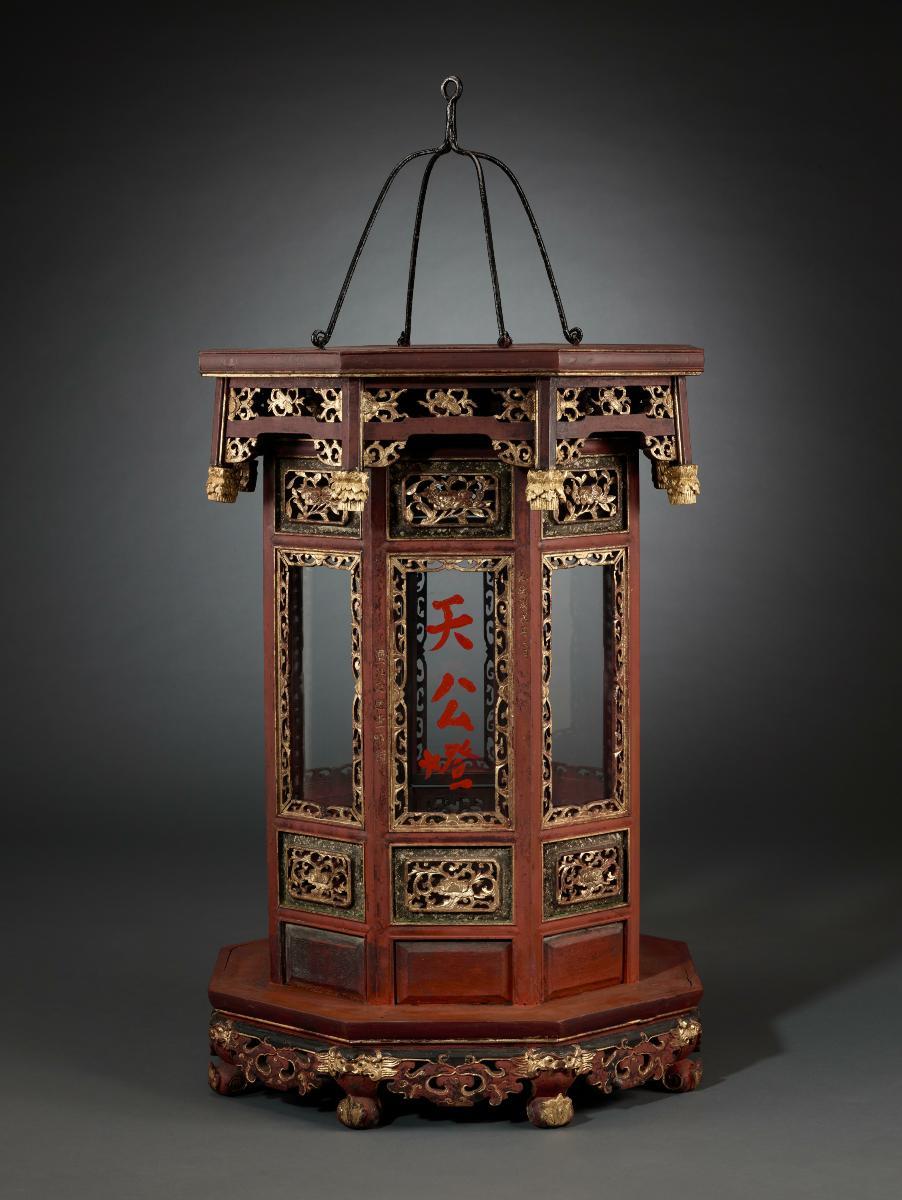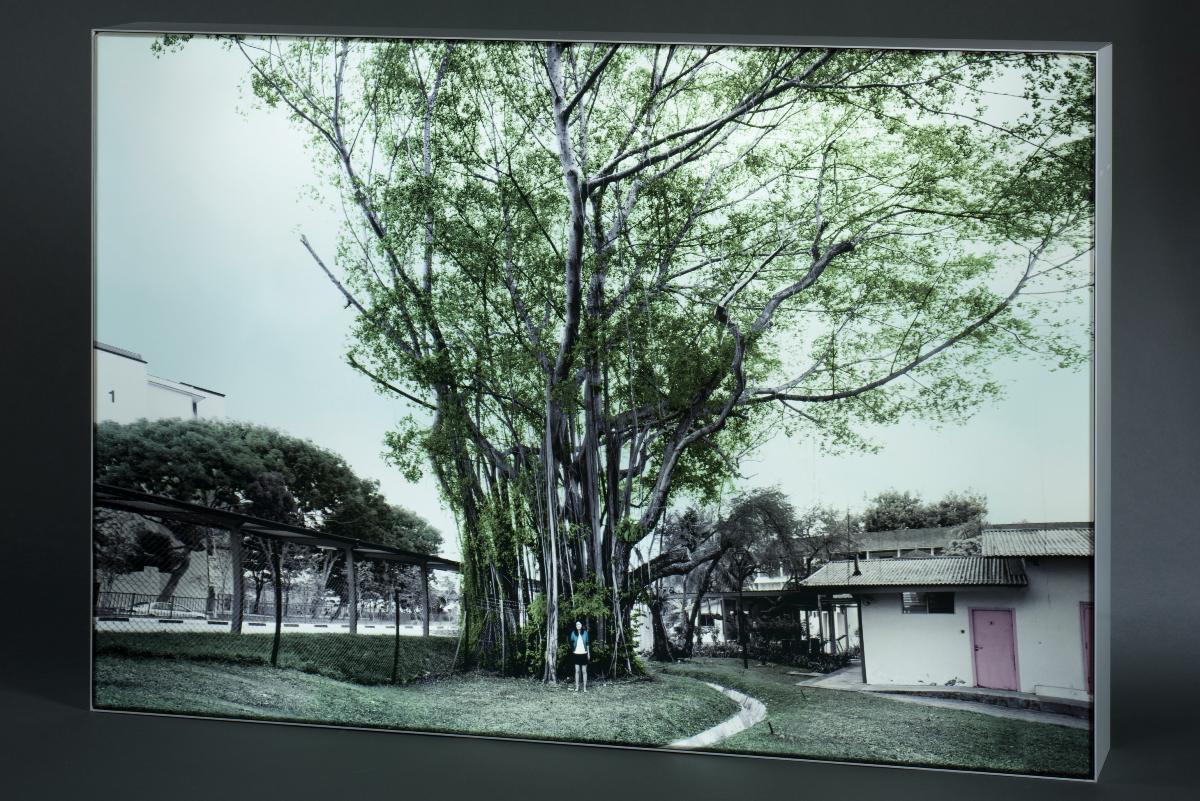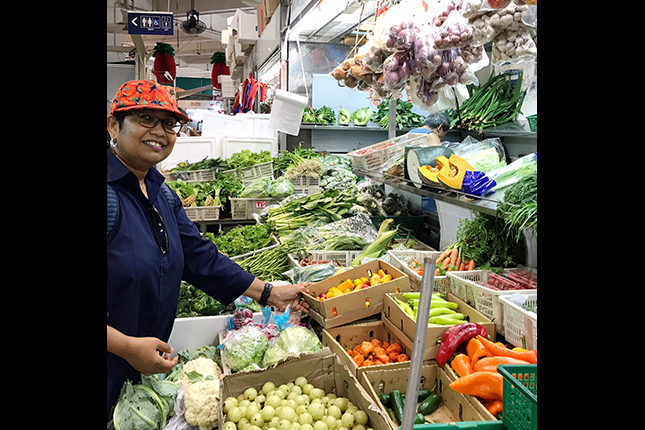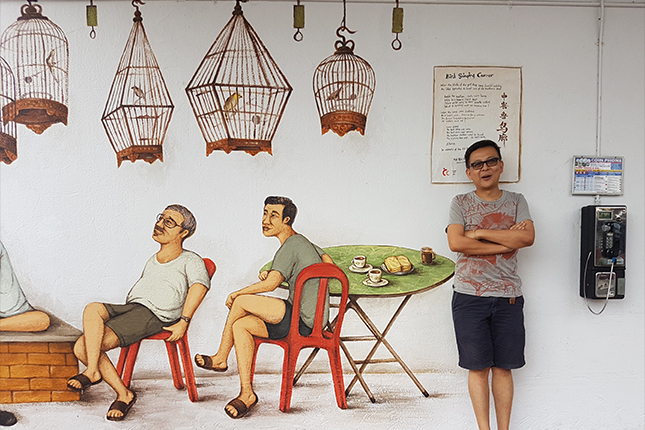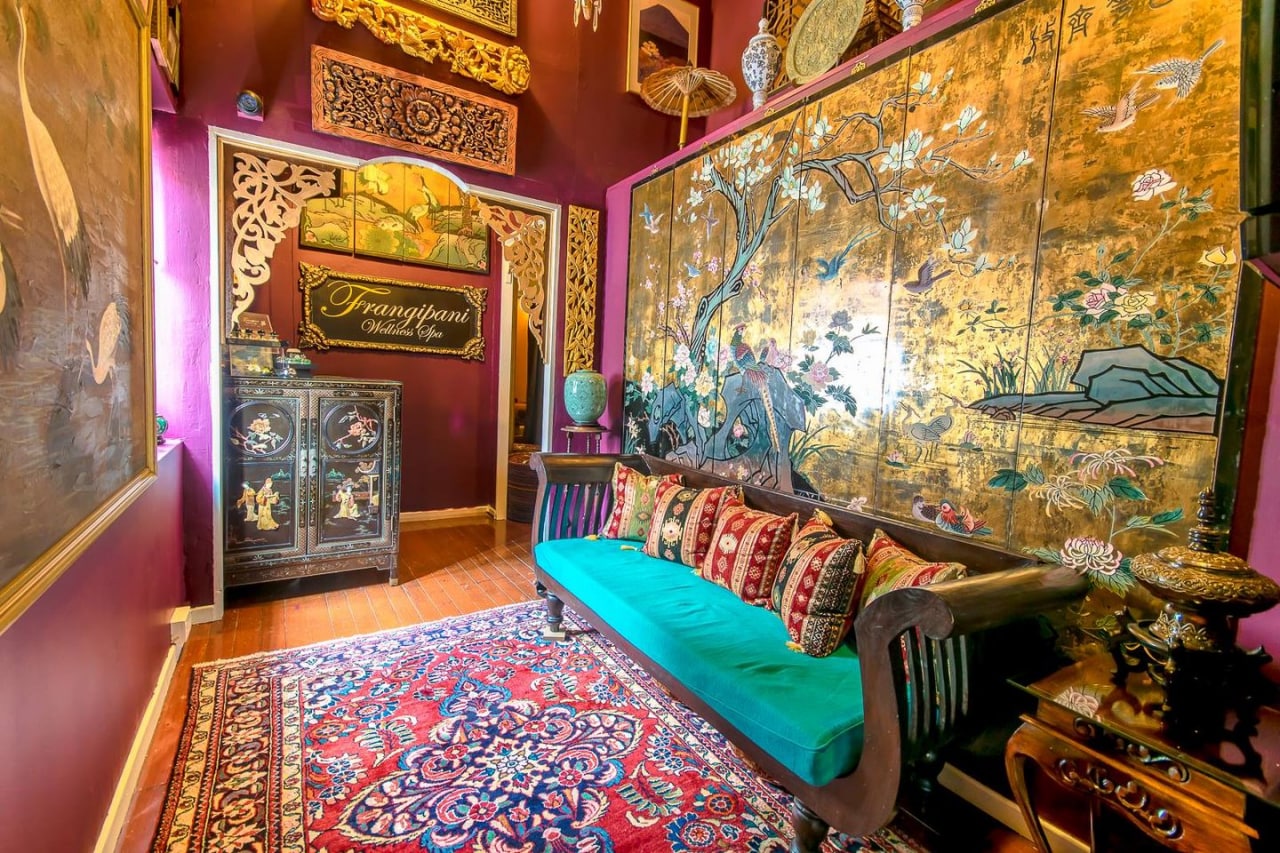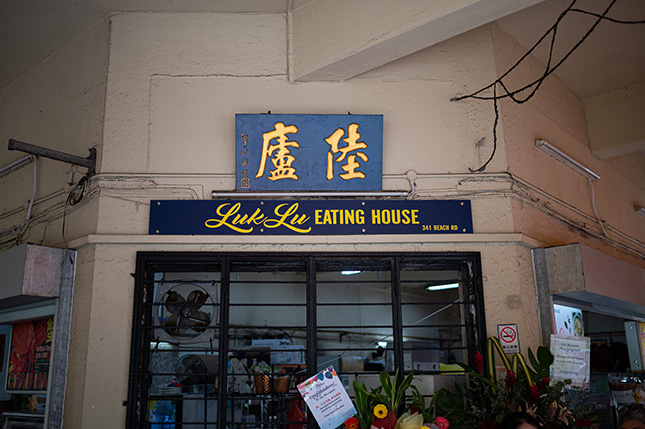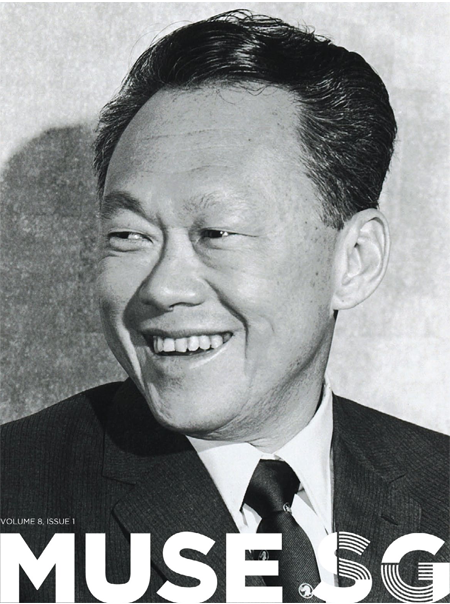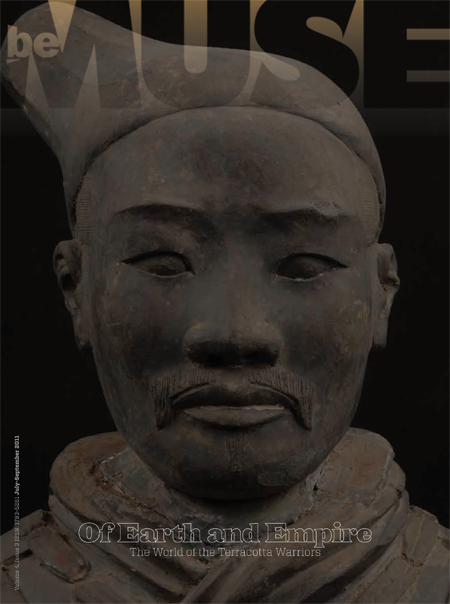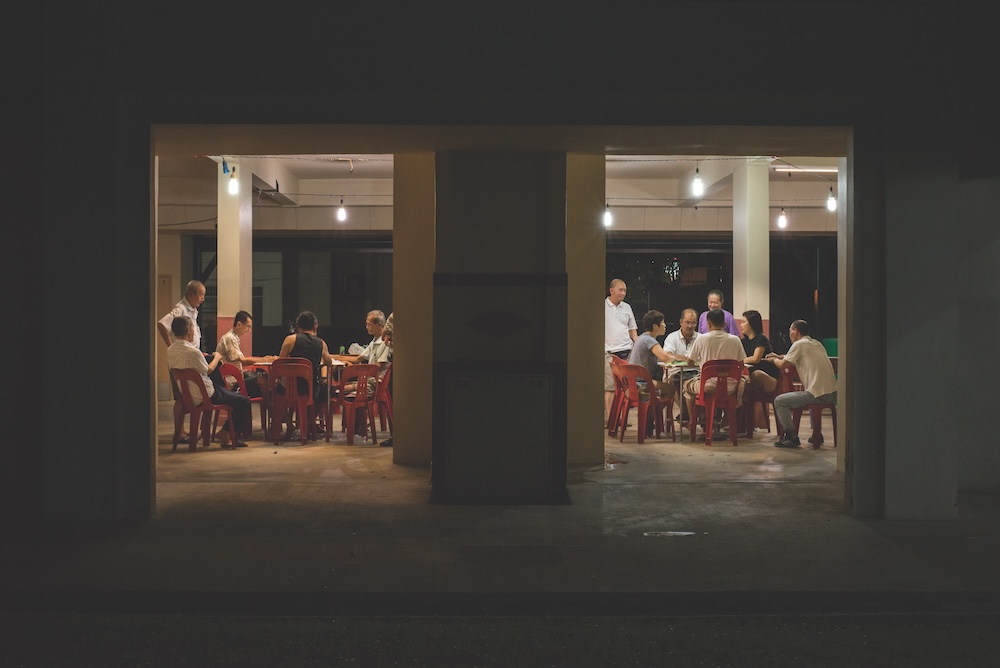
He felt that his culture was quite weird. He was Chinese, but his first language was English. He also loved lots of different foods, like Hainanese chicken rice, Malay sambal and Indian fish-head curry.
After doing some research, he realised he had become this way because of Singaporean history. Our island has always been a trading port where people of different cultures have come together, exchanging goods and ideas. As a result, everyone here has an identity that is a bit mixed up.
You might think this is a bad thing. After all, it can be confusing not to know exactly who you are. But, it also means that we have a fantastically rich heritage. We can look at the cultures of many different lands, and see how they have influenced our own lives.
Heritage may be ancient
Mr Ting now has the chance to help more people learn about our heritage. In September 2016, he became the Director of the Asian Civilisations Museum. This means he is in charge of displaying some truly marvellous objects from all over Asia, such as paintings, jewellery, costumes and statues of gods. Some of these items are thousands of years old.
His job is exhausting. He has to spend all day meeting different people, explaining his ideas about the museum’s programmes. He speaks to politicians, religious groups, tour guides, tourists, business leaders, art collectors and schoolchildren. He also has to wear a formal suit when he addresses them, when he would really prefer to be hanging out in a T-shirt and slippers.
Fortunately, he is still enthusiastic about his work. “It’s a wonderful opportunity to shape the museum in the way I want to,” he says. “Working with this beautiful collection is quite exciting.”
In November 2016, he opened an exhibition called “Port Cities”. It featured historical objects from many Asian cities, including Singapore, Manila, Guangzhou (which was once called Canton) and Kolkata (which was once called Calcutta). These places were connected by shipping routes, so they became very multicultural.
If you had visited the show, you would have seen a portrait of Cornelia van Nijenroode, a wealthy half-Dutch, half-Japanese woman who lived in Indonesia in the 1600s. Also featured in the show was a necklace made of French gold coins, owned by the Tamil moneylenders of Vietnam in the 1800s. These objects show that many people in the past had mixed-up identities, just like us.
The exhibition meant a lot to Mr Ting. He has explored many Asian cities, learning how their cultures are linked. He has even written a book about this topic, The Romance of the Grand Tour: 100 Years of Travel in Southeast Asia.
Sadly, he feels that these cities became less multicultural in the 20th century. Often, this is because their governments emphasised one culture over all the others. As a result, Guangzhou became more Chinese and Kolkata became more Indian.
But, in Singapore, something different happened. Because we were both a city and a country, we made multiculturalism part of our national identity. “We are in a unique position,” Mr Ting says. “We have a perspective that no-one else has.”
Heritage is all around
Lately, Mr Ting has been thinking a lot about “intangible heritage”. This is heritage that is not made up of objects in galleries, but activities and knowledge.
He is trying to spread awareness about this through a programme called the Asian Culture and Music Series. Visitors will be able to watch events such as Burmese puppetry shows and Indonesian gamelan concerts for free.
However, the term “intangible heritage” covers much more than just the performing arts. It also includes the languages we speak, the games we play, the meals we eat, our religious ceremonies and our holiday celebrations.
For this reason, Mr Ting says, “To say you have no heritage is nonsense. All Singaporeans are experts in Singapore heritage.” You may be a kid, but you already know a lot about the customs and beliefs of your family. You also know many interesting things about being a kid in the early 21st century. These things may seem ordinary now, but they are part of your identity, and they are important.
The truth is, heritage is everywhere, not just in museums. “There are interesting and amazing things all around us,” says Mr Ting. “Just open your eyes. The things that you take for granted may be absolutely wonderful if you just dig into where they came from.”
-by Ng Yi-Sheng
This article first appeared in What's Up, a newspaper that explains current affairs in a way that children find comprehensible and compelling.




